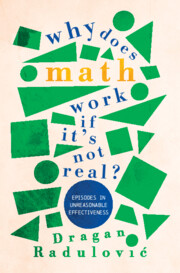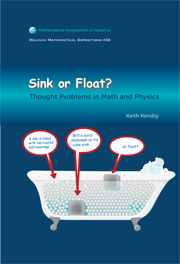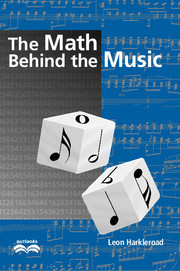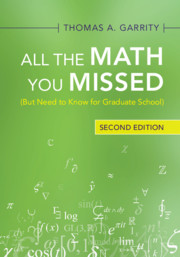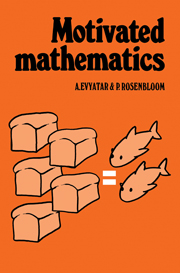Why Does Math Work … If It's Not Real?
According to G. H. Hardy, the 'real' mathematics of the greats like Fermat and Euler is 'useless,' and thus the work of mathematicians should not be judged on its applicability to real-world problems. Yet, mysteriously, much of mathematics used in modern science and technology was derived from this 'useless' mathematics. Mobile phone technology is based on trig functions, which were invented centuries ago. Newton observed that the Earth's orbit is an ellipse, a curve discovered by ancient Greeks in their futile attempt to double the cube. It is like some magic hand had guided the ancient mathematicians so their formulas were perfectly fitted for the sophisticated technology of today. Using anecdotes and witty storytelling, this book explores that mystery. Through a series of fascinating stories of mathematical effectiveness, including Planck's discovery of quanta, mathematically curious readers will get a sense of how mathematicians develop their concepts.
- Explores why it is the case that no matter how unreal the objects mathematicians create and study are, somehow, whether a few decades or few centuries later, science encounters a phenomenon tailor-made for some of this weird mathematics
- Features interesting anecdotes, unexpected twists and turns, and flamboyant characters rarely heard in a classroom
- Consists of numerous stories that work together, but can also be read independently
- Accessible to anyone with mathematical curiosity and a basic familiarity with high school calculus (no matter if you're currently taking the course or took it decades ago)
Reviews & endorsements
'If you have wondered about the philosophical underpinnings of mathematics, this book is for you. It contains insightful queries for a mathematician to ponder and could definitely be the start of some enlightening conversations, perhaps in a departmental book club or seminar course. I found myself enjoying the many tangents (pun intended!) and digressions in this wonderfully unique and well-articulated book.' Emily J. Olson, Notices of the American Mathematical Society
Product details
May 2023Adobe eBook Reader
9781009063241
0 pages
This ISBN is for an eBook version which is distributed on our behalf by a third party.
Table of Contents
- Preface
- Acknowledgements
- Part I. Rare Axioms
- 1. Introducing the Mystery
- 2. On Classical Mathematics
- 3. On Modern Physics
- Intermezzo: What Have We Learned?
- 4. On Computer Games
- 5. On Mathematical Logic
- 6. On Postulates and Axioms
- Part II. The Oracle
- 7. Introducing the Oracle
- 8. On Probability
- 9. The Oracle, Its Majesty
- Epilogue: The Eternal Blueprint
- Post Scriptum: On Mathematical Grand Design
- Appendix
- Recommended Reading
- Index.

